16 Wild Animals in Belgium [Wildlife in Belgium]
Want to know more about wildlife in Belgium?
Discover 16 wild animals in Belgium in this post, as well as interesting facts about them. 🇧🇪
Learn All About Belgian Animals
Ready to learn all about Belgian animals?
I’ve always been fascinated by animals, and by how they can be so different from one country to another. In this guide, we’ll focus on the many animals Belgium has on the land, in the sky, and under water.
I’ve split the guide into 4 categories:
- Native animals of Belgium
- Endangered animals of Belgium
- What is the national animal of Belgium?
- How many animals native to Belgium?
Let’s dive in right away with our first category!
Native Animals of Belgium
Belgium is a country located in western Europe. It is famous for being home to French fries (yes, despite their name), and it has 3 official languages: French, Dutch, and German. It is bordered by the Netherlands, Luxembourg, France, and Germany, and its capital city is Brussels, which counts more than 1,208,000 inhabitants (but more than 2,500,000 if you include the metropolitan area).
An interesting part of the country that I wanted to tackle is its wildlife. In light of that, I have listed the best of it, and I hope you will love learning what animals live in Belgium.
Here’s the Belgium animals list.
1. Little owl
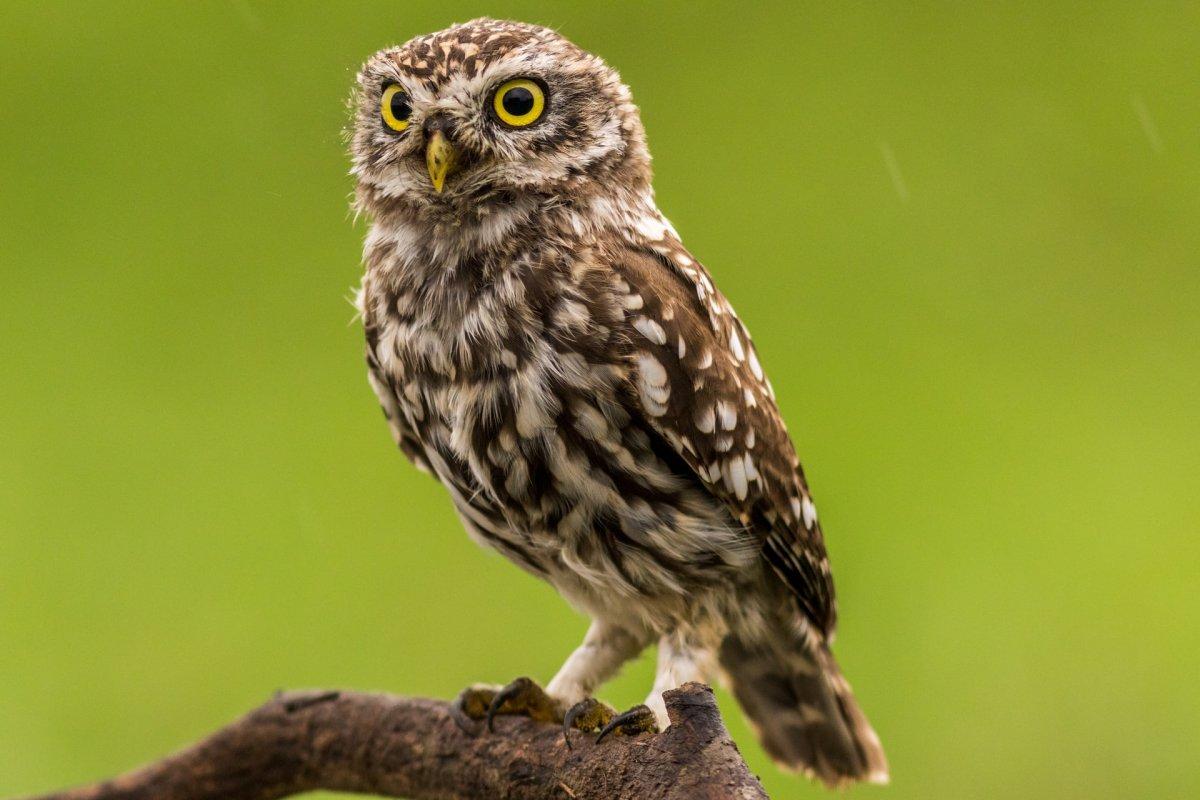
- Name: Little owl
- Scientific name: Athene noctua
- Conservation status:
What a way to start this list. The little owl is a tiny species of owl that lives in the temperate areas of Europe, North Africa, and most of northern Asia, up until its eastern coast. It was also artificially introduced to Britain and to New Zealand at the beginning of the 20th century.
It is a common species that perches in an elevated position to swoop down and catch its prey. Over the centuries, this owl has adapted to humans and can stay perched in full sight around them.
2. Flemish Giant rabbit
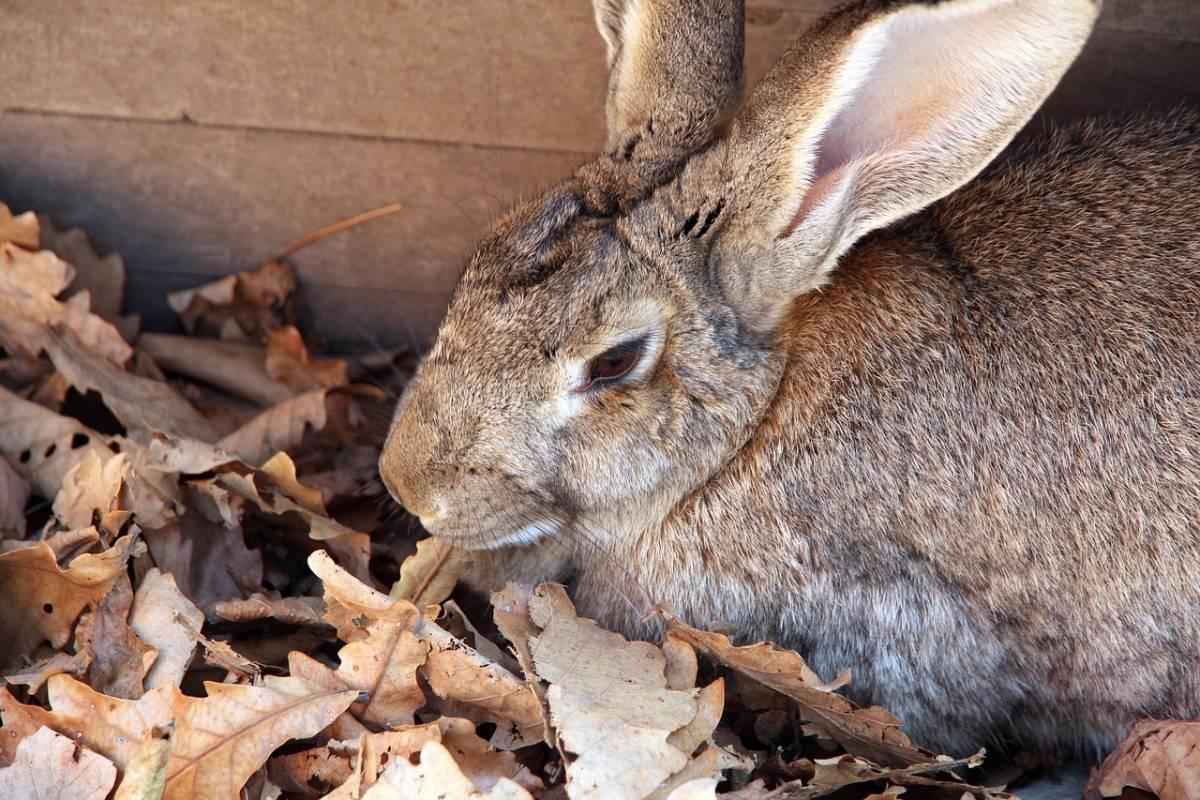
- Name: Flemish Giant rabbit
- Scientific name: Oryctolagus cuniculus domesticus
- Conservation status:
The Flemish Giant rabbit is said to be the largest breed of domestic rabbits. Historically, it has always been bred for its fur and meat, but it is also commonly kept as a pet due to its patience and the fact that it is very docile, even when handled.
Belgians started breeding Flemish Giants during the 16th century near the city of Ghent, which is where this rabbit originates.
3. Eurasian wolf
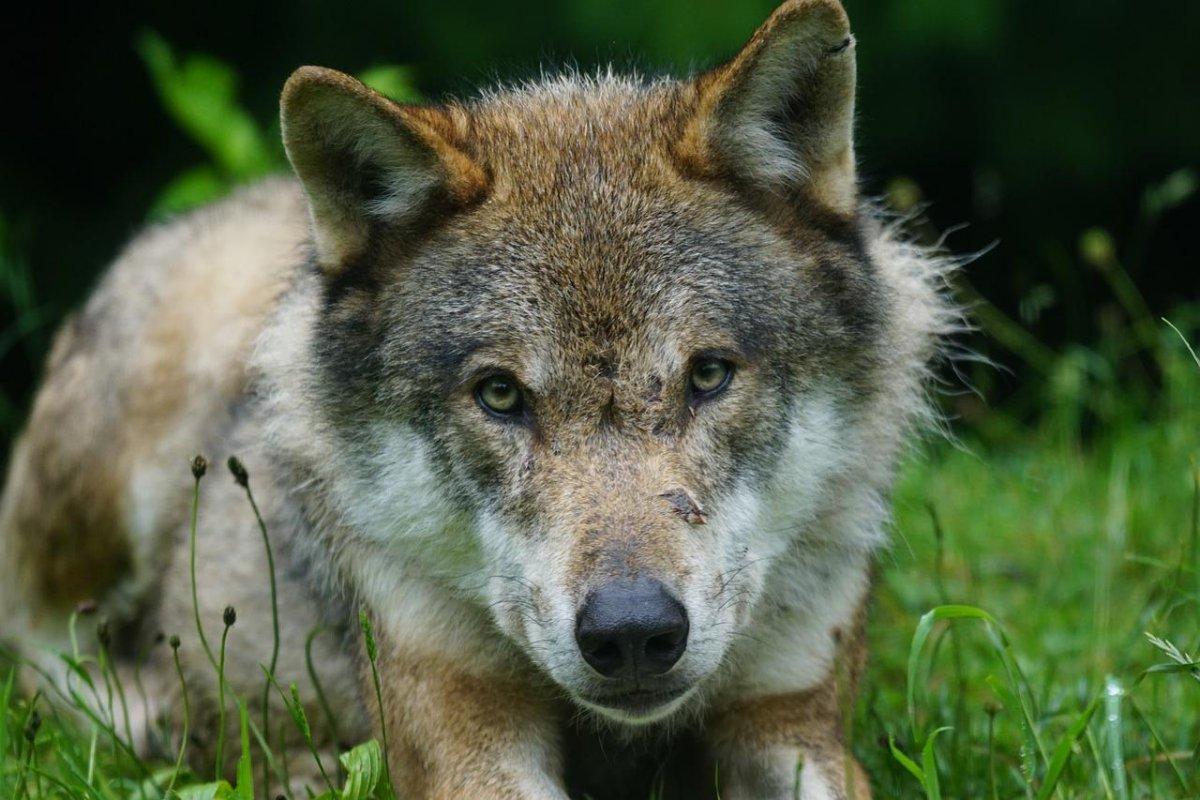
- Name: Eurasian wolf
- Scientific name: Canis lupus lupus
- Conservation status:
The Eurasian wolf is arguably the most famous species of wolf. It can be found throughout almost the entirety of Europe and Asia, even though it is not as common as it used to be.
Sadly, most Eurasian wolves have no choice but to attack livestock and garbage areas with intense human activity. Depending on the region, they can also hunt for wild ungulates like deers, bears, and moose.
4. Wild boar
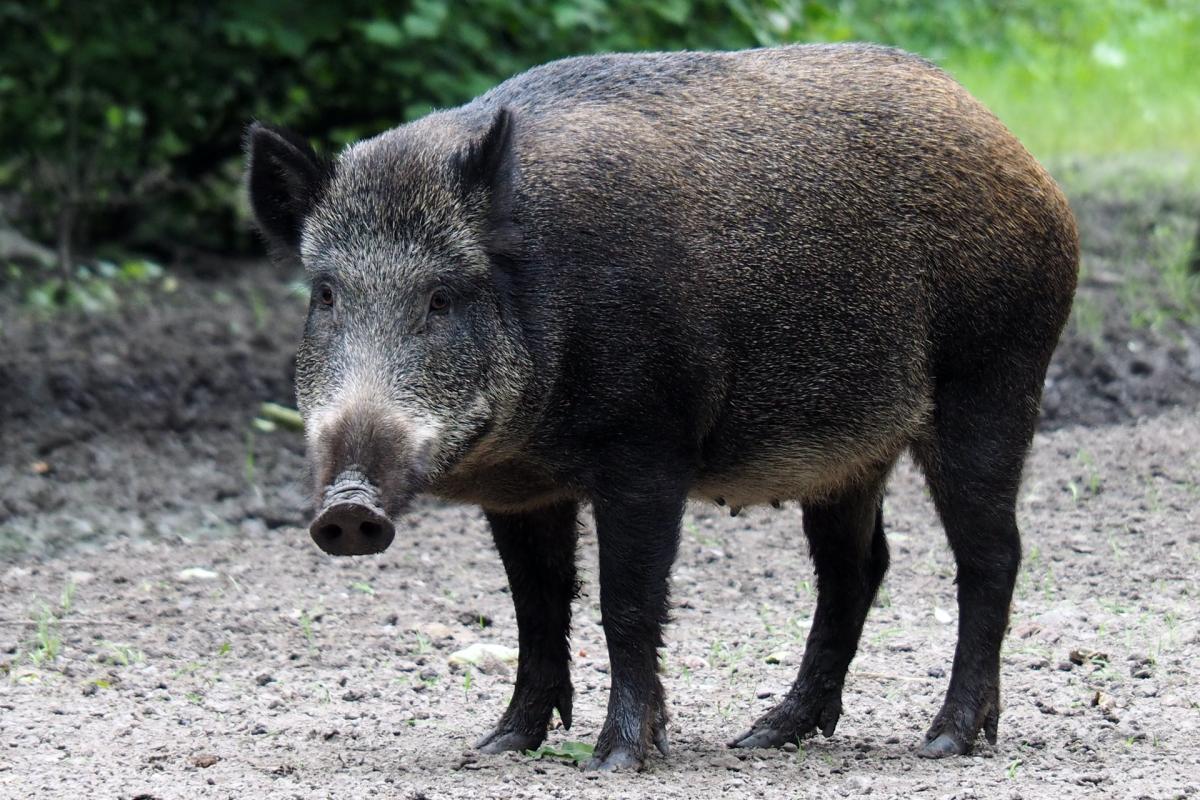
- Name: Wild boar
- Scientific name: Sus scrofa
- Conservation status:
The wild boar has many names. It is also called the Eurasian wild pig, the wild pig, the common wild pig, and the wild swine. It is native to Eurasia and North Africa but was introduced to the Americas and to Oceania.
These boars adapt pretty well to their environment, thus being found anywhere from boreal taigas to arid deserts, and eating anything from nuts and berries to insects and fish.
5. Common European adder
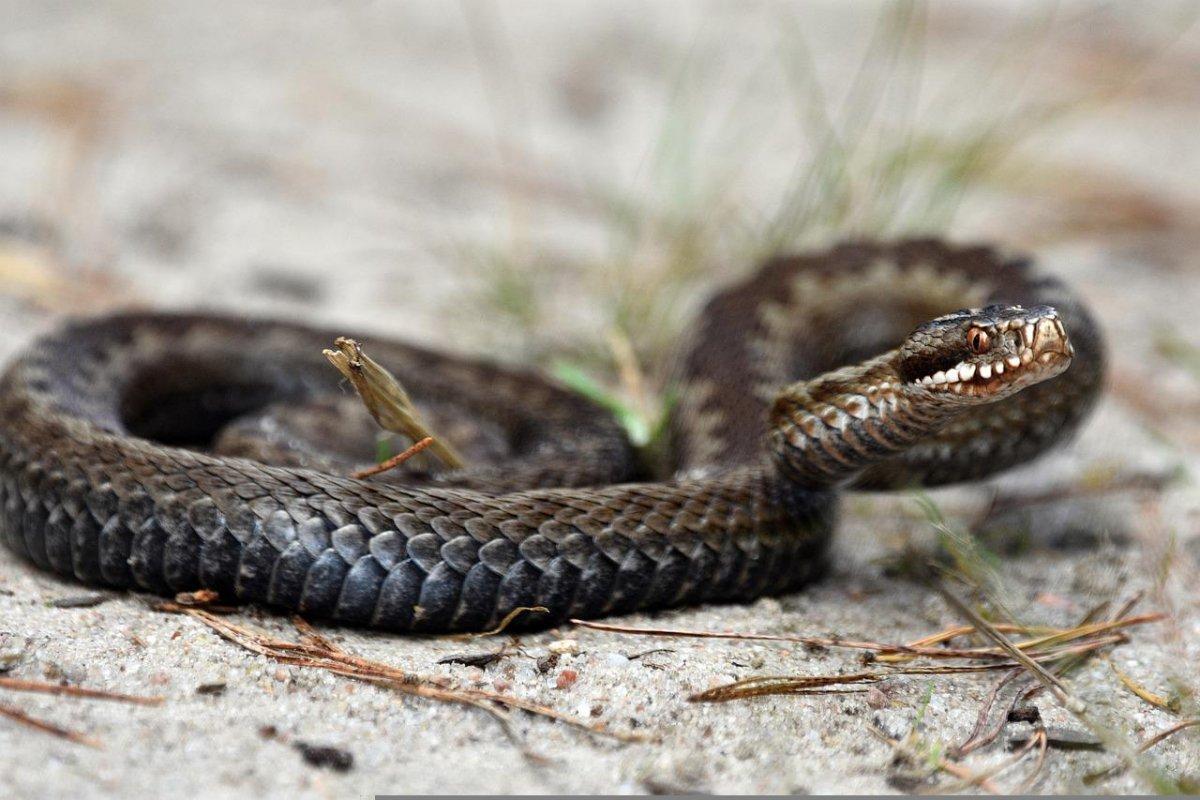
- Name: Common European adder
- Scientific name: Vipera berus
- Conservation status:
The common European adder is a very widely distributed species of snake. It lives in most of Europe, except in its southern part, and into East Asia. It is also known as “common viper”, and it is venomous.
It can be found in different habitats, and its diet is made of small mammals, amphibians, lizards, and birds. Occasionally, it can also feed on spiders and insects.
6. Pine processionary
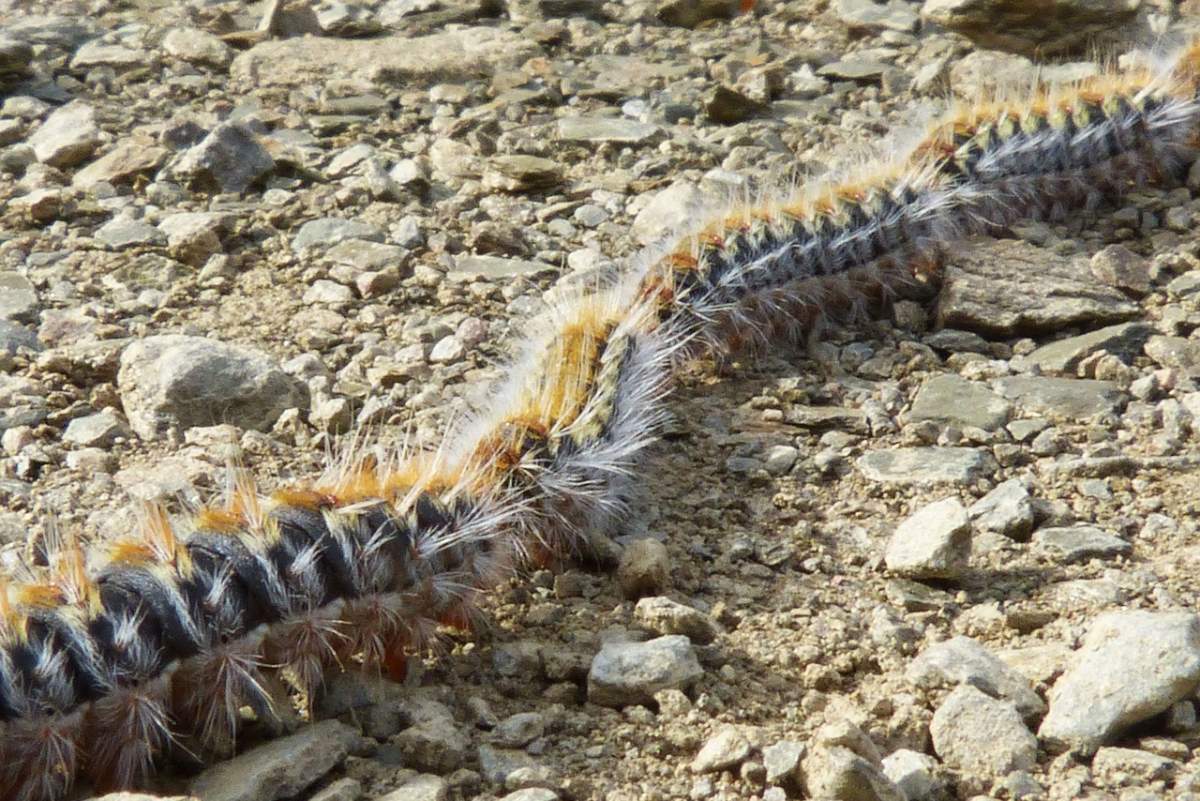
- Name: Pine processionary
- Scientific name: Thaumetopoea pityocampa
- Conservation status:
The pine processionary is a species of moth that is famous for its caterpillar form. At that stage of its life, it has long and irritating hair all around the body, it damages coniferous forests, and can be seen in processions, hence its name. Its hairs cause severe rashes and eye irritation to humans and other animals.
Its larva develops during the winter in temperate areas. However, due to global warming, it is forced to affect northern forests.
7. Harbour porpoise
- Name: Harbour porpoise
- Scientific name: Phocoena phocoena
- Conservation status:
The harbour porpoise is one of the smallest species of cetacean. Its preferred habitat is near coasts and river estuaries, making it the ideal porpoise for whale watchers. It can be found throughout most of the seas in the world, including in North America, Asia and Europe.
There are currently at least 700,000 harbour porpoises on the planet, and the biggest population is in the southwestern part of the North Sea, where Belgium is situated. There are around 107,000 to 300,000 harbour porpoises there, the biggest population in the world.
8. Eurasian otter
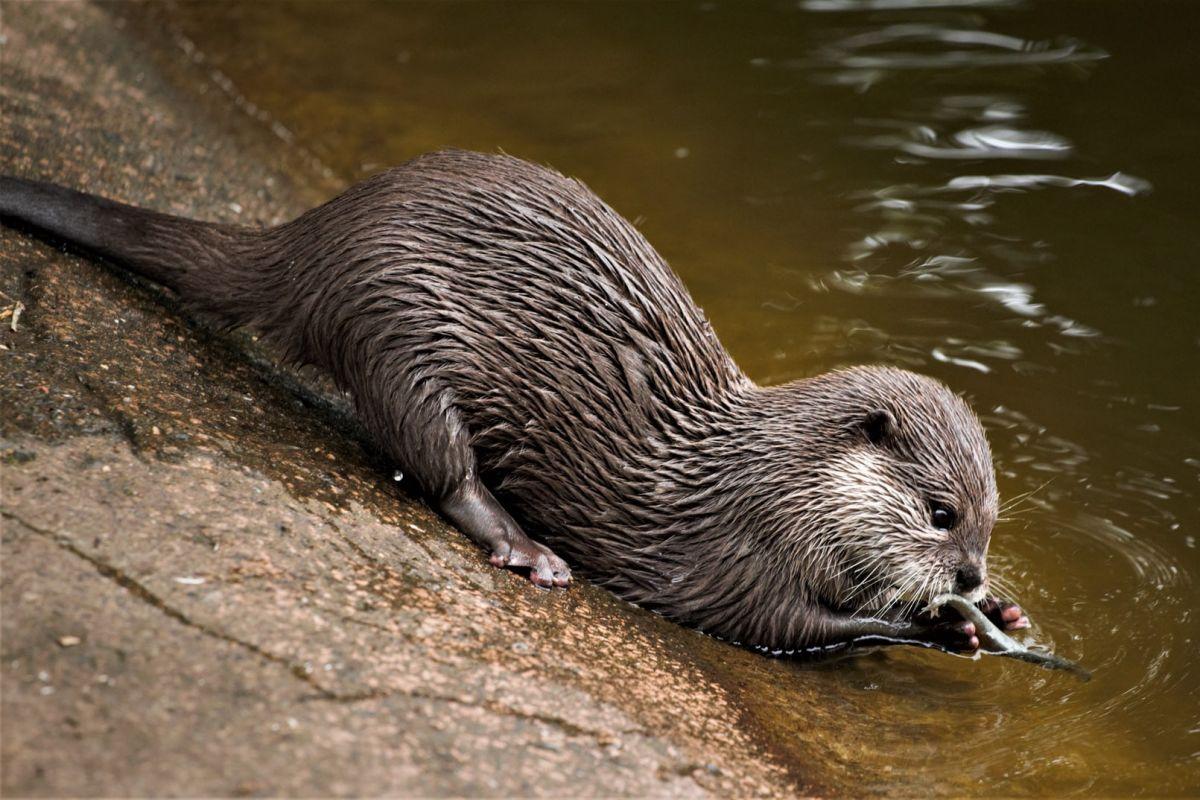
- Name: Eurasian otter
- Scientific name: Lutra lutra
- Conservation status:
The Eurasian otter, also known as the common otter, the Old World otter and the European otter is a species of otter that lives in Europe, Asia, and North Africa. It is the most widely distributed animal of the otter subfamily, and even of the weasel family.
It is a strongly territorial animal that lives alone most of the time. When it comes to breeding, mating takes place in water and gestation lasts from 60 to 64 days.
9. Garden dormouse
- Name: Garden dormouse
- Scientific name: Eliomys quercinus
- Conservation status:
The garden dormouse is a tiny species of rodent. It is usually brown or gray, and its belly is a variant of white. Despite its name, it most of the time lives in the forest, with a big population in southwestern Europe. Other scattered populations can be found in Finland, Russia, and Belgium, among other countries.
It is a nocturnal animal that sleeps in spherical nests in trees during the day. Their diet is primarily made of large insects such as beetles, snails, and grasshoppers.
10. Western barbastelle
- Name: Western barbastelle
- Scientific name: Barbastella barbastellus
- Conservation status:
The western barbastelle is a species of European bat with a small nose, small eyes but wide ears, like most bats. Depending on its range, it is more or less endangered, but it is overall considered near threatened.
It lives in human buildings, rock crevices, and forests. During the winter, it hibernates in many places, including mines, bunkers, and natural caves. Its global population is steadily decreasing.
11. Eurasian lynx
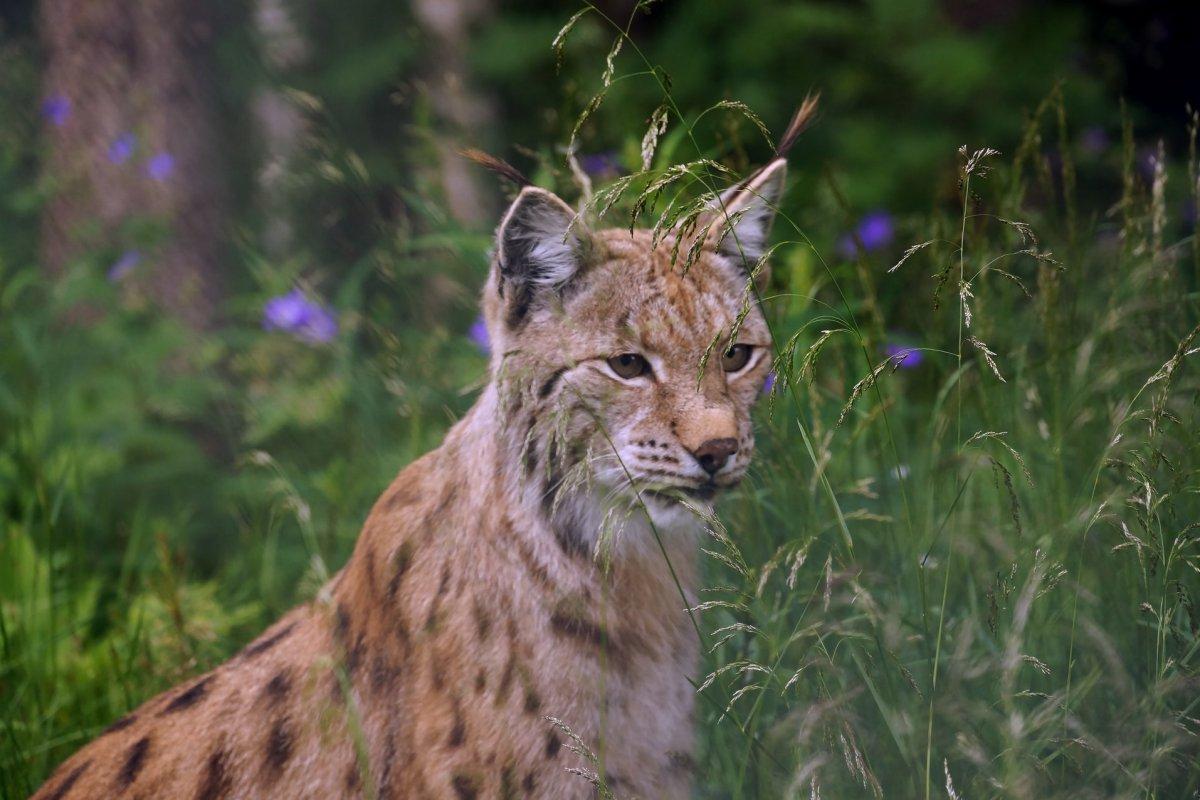
- Name: Eurasian lynx
- Scientific name: Lynx lynx
- Conservation status:
The Eurasian lynx is a medium-sized elusive wild cat that inhabits the heights of Europe and Asia. It likes boreal forests and can be found up to 5,500 m / 18,000 ft high. While it is currently listed as least concern and has a wide distribution, it is seriously threatened by habitat loss, depletion of prey, and poaching.
Believe it or not, this species of lynx are hunted by other animals, most notoriously gray wolves and wolverines!
12. Red fox
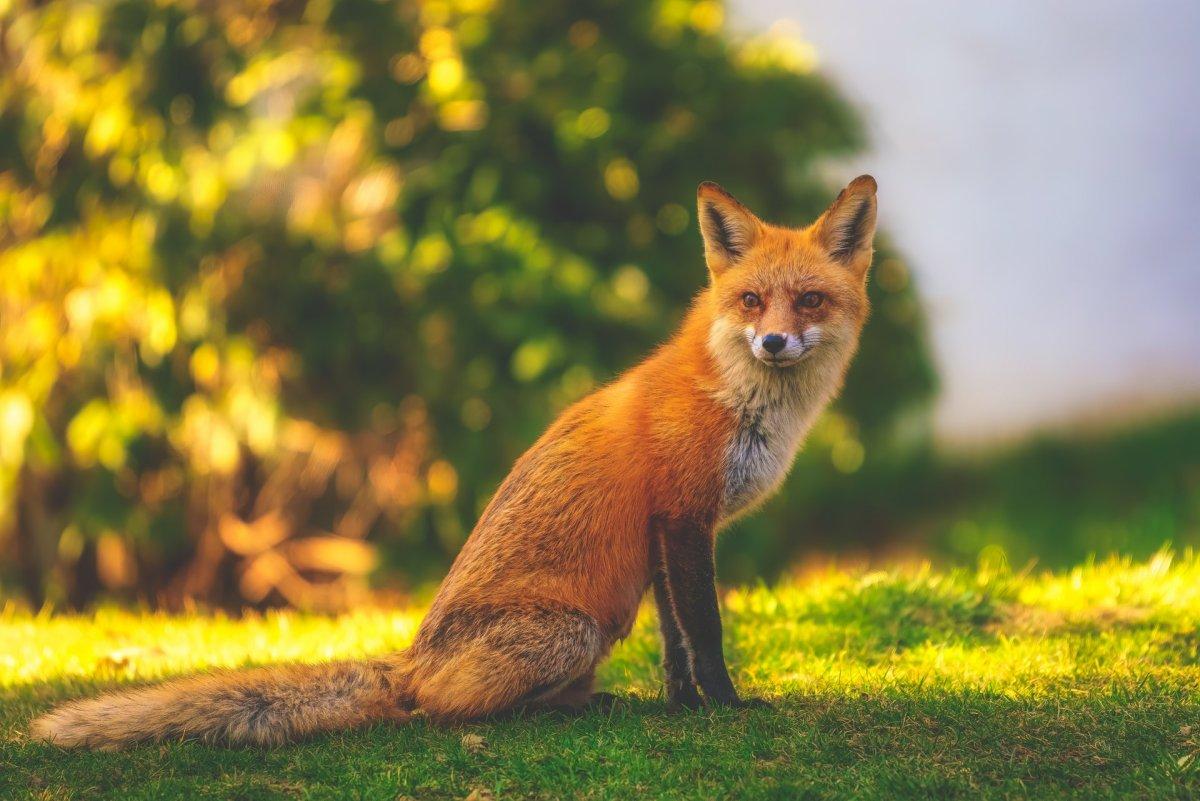
- Name: Red fox
- Scientific name: Vulpes vulpes
- Conservation status:
The red fox is the most common, most famous and the most widely distributed species of fox in the world. It can be found throughout almost the entirety of the northern hemisphere, and it was also introduced in Australia. It is actually considered one of the world’s 100 most invasive species there.
Red foxes like to live in pairs or small groups, but not more. They are opportunistic omnivores with a varied diet. They can eat anything from small rodents like mice and voles to birds and reptiles.
13. Eurasian beaver
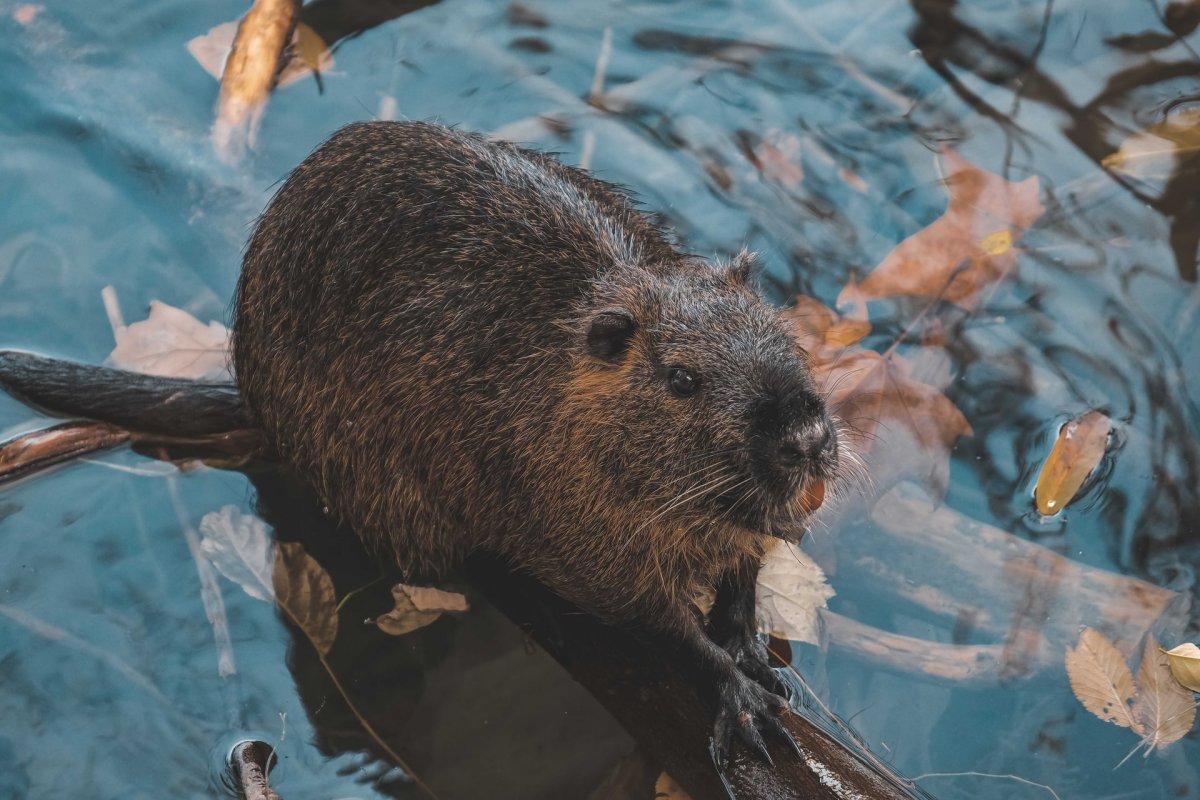
- Name: Eurasian beaver
- Scientific name: Castor fiber
- Conservation status:
The Eurasian beaver is a species of beaver that used to be widely spread in Eurasia, but was hunted to near-extinction before the 20th century. After that, the only 1,200 remaining Eurasian beavers helped preserve the species that are now considered of least concern, after having been introduced to the major part of its former range.
It is a herbivorous animal that eats water plants and trees. Every day, it eats about 20 percent of its body weight!
14. Red deer
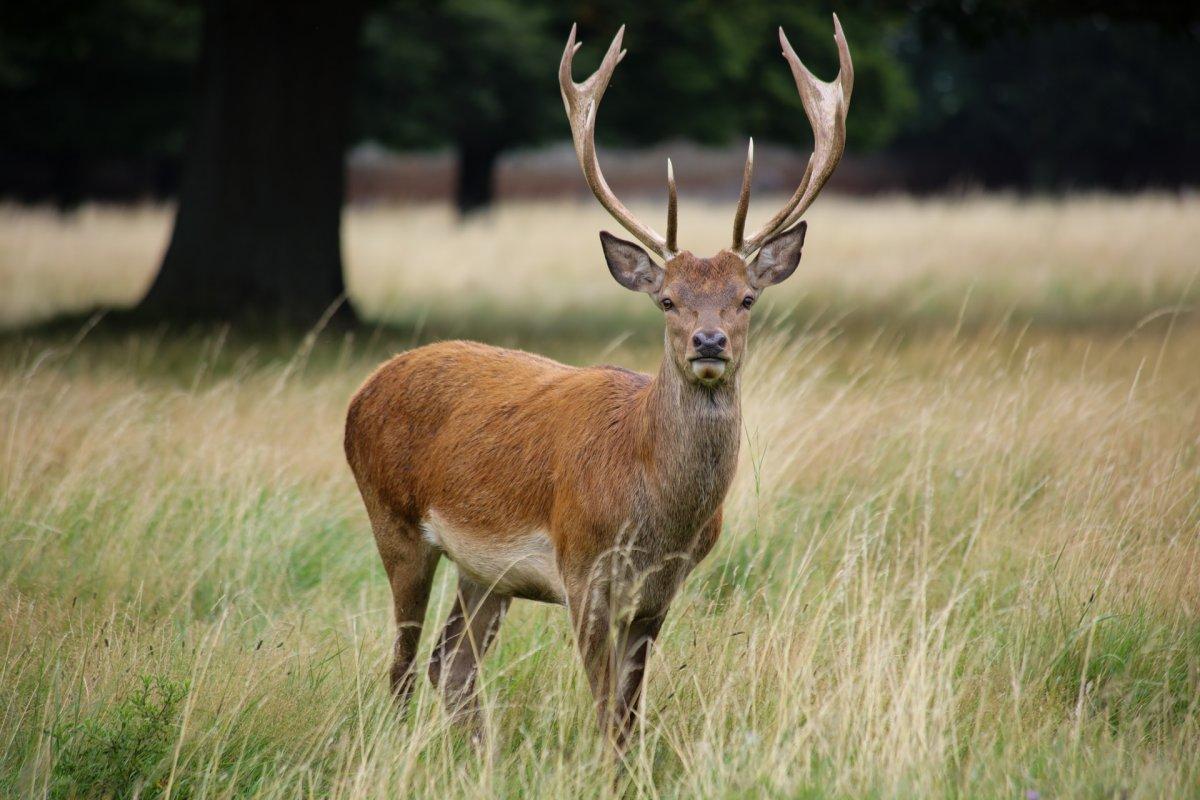
- Name: Red deer
- Scientific name: Cervus elaphus
- Conservation status:
The red deer is one of the largest species of deer. Males are named stags or harts, while females are called hinds. It can be found throughout almost all of Europe and into western Asia, but also in some parts of North Africa.
It has a strong presence in European folklore and art, having been depicted in cave art for tens of thousands of years. It was also the most prestigious animal to hunt in medieval times, in many countries.
15. Mute swan
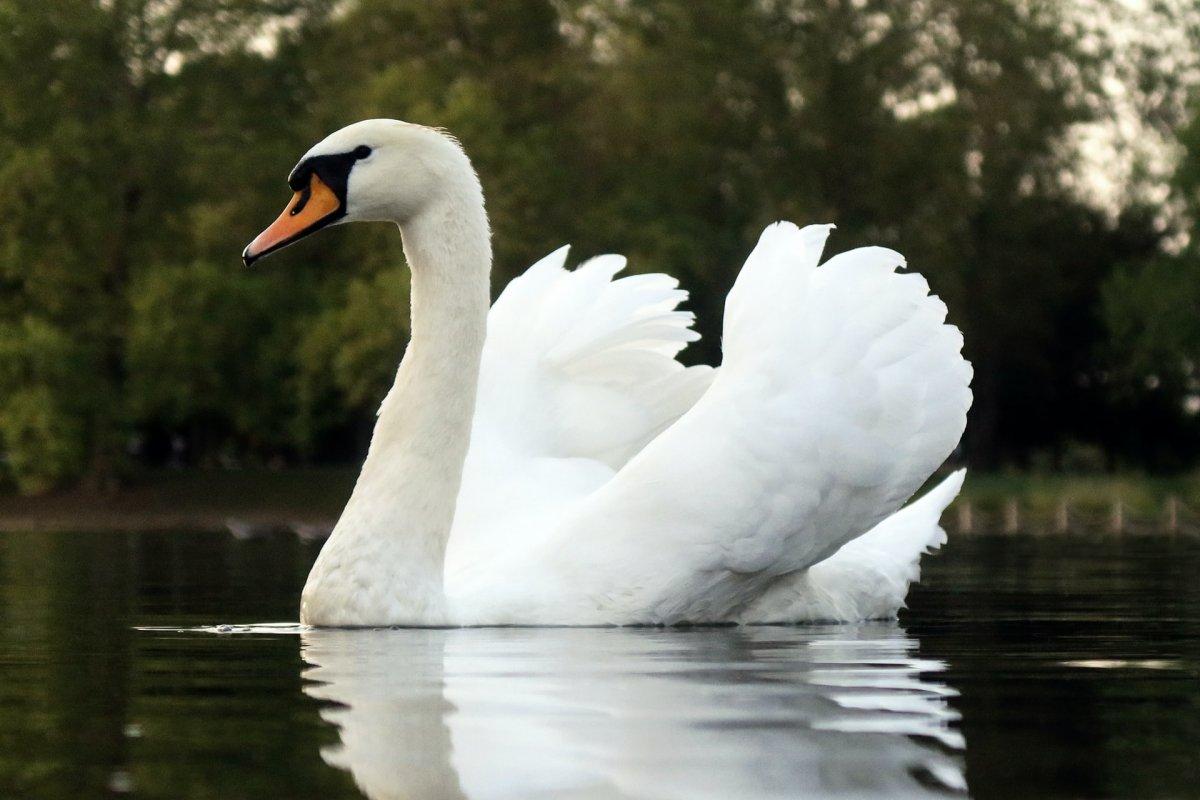
- Name: Mute swan
- Scientific name: Cygnus olor
- Conservation status:
The mute swan is a species of swan that is not really mute, but definitely less vocal than other swan species, which is why it earned this name. It is native to Europe but was also introduced in North America, and it thrives in a temperate climate.
During mating season, it lays 4 to 10 eggs, and newborn cygnets hatch between May and July. They are partially migratory, but spend most of their time near bodies of water, in temperate areas.
16. European badger
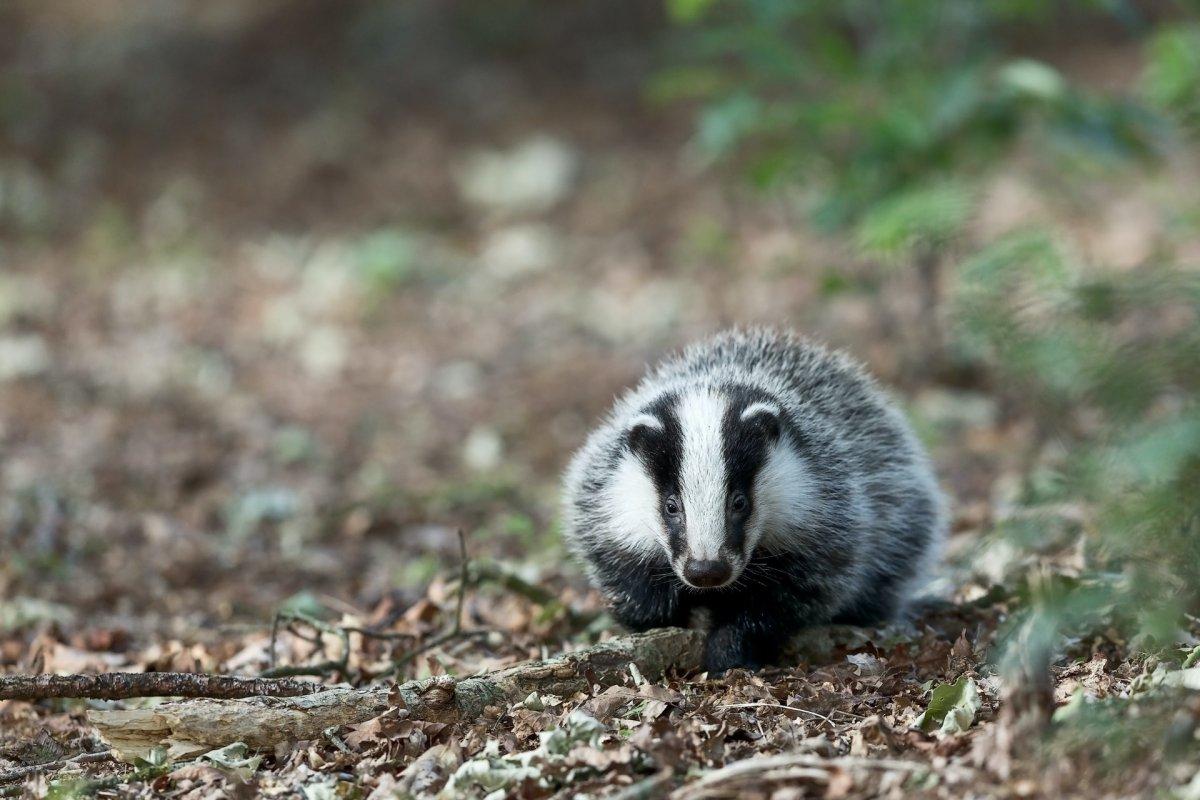
- Name: European badger
- Scientific name: Meles meles
- Conservation status:
The European badger is one of the most common and widely distributed species of badger. Its global population is large and stable, and could even be increasing in some areas. It is a black, white, and gray animal that is much stronger than it looks like, and that sleeps during the day in its burrow.
While it is classified as a carnivore, the European badger feeds on many things, including plants, insects, and smaller animals.
—
So there you have them, these were my 16 wild animals in Belgium. I hope you enjoyed this list and that you learned something new today.
In case you want to learn more about animals in the country, feel free to keep reading, as I still have lots of things to tell you about:
Endangered Animals of Belgium
This is definitely the saddest part of the list, but it is very important to raise awareness. Because of this, let’s go through the list of endangered animals in Belgium.
Here are the animals in danger of extinction in Belgium.
- Houting
- Sociable lapwing
- Angelshark
- Common blue skate
- Atlantic sturgeon
- Common hamster
- and 5 more…
- Basking shark
- Bramble shark
- Egyptian vulture
- European rabbit
- White-headed duck
To see the full list of endangered species in Belgium, head over to the International Union for Conservation of Nature’s Red List.
What is the National Animal of Belgium?
The national animals of Belgium are the black lion and the rooster.
You may know this, but Belgium is separated into two regions: Flanders (where people speak Dutch), and Wallonia (where they speak French). Because of this, there are drastic differences between both sides.
The black Flemish lion is the national animal of Flanders, and it can be seen on the coat of arms of Brussels and of Flanders, and on the flag of Flanders. The lion is overall a Germanic symbol, hence its presence in Flanders.
On the other hand, the Walloon roster is on the coat of arms of Wallonia, and on its flag. It is a French symbol, which is why it is the animal of Wallonia.
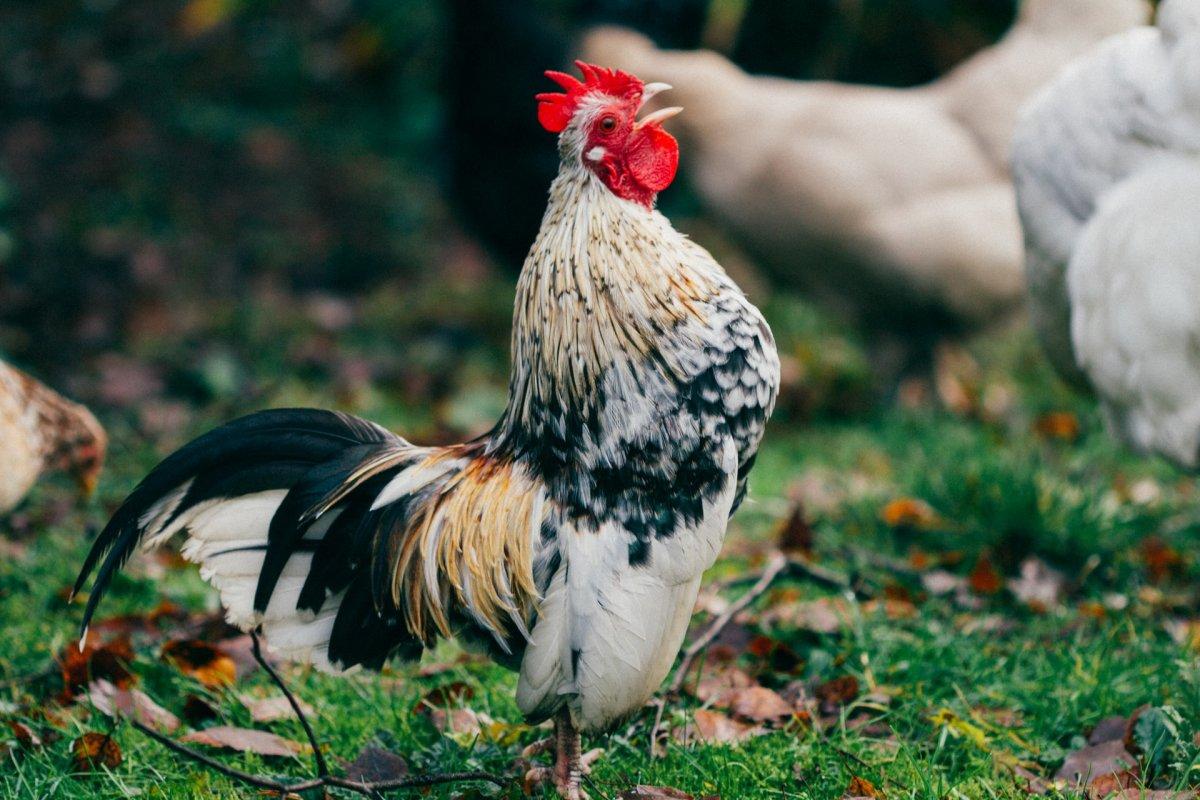
How Many Animals Native to Belgium?
What is the diversity of native animals in Belgium?
Let’s look at the total number of species of Chordata (mammals, birds, fishes, and reptiles).
Total number of animal species in Belgium: 738 (3,142 in total in Europe)
More About Animals in the World!
Loved these Belgium wildlife facts? Want to see what animals live in other countries?
Then check out these posts:
Or click here to see ALL the facts up on the blog! Spoiler alert: there’s A LOT of them.
Share the knowledge! Click on the buttons below to share information about these famous animals in Belgium with your friends, and help them learn more about the world 🙂
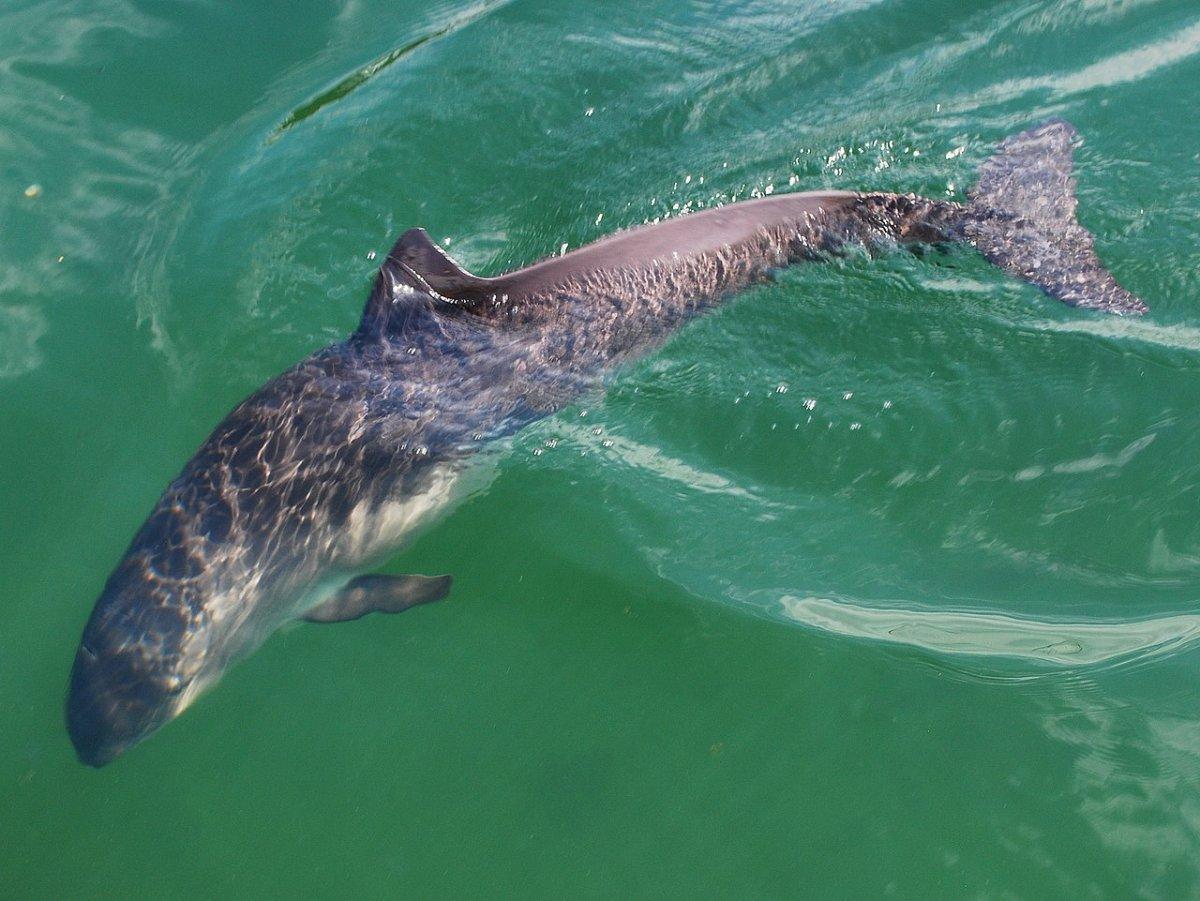
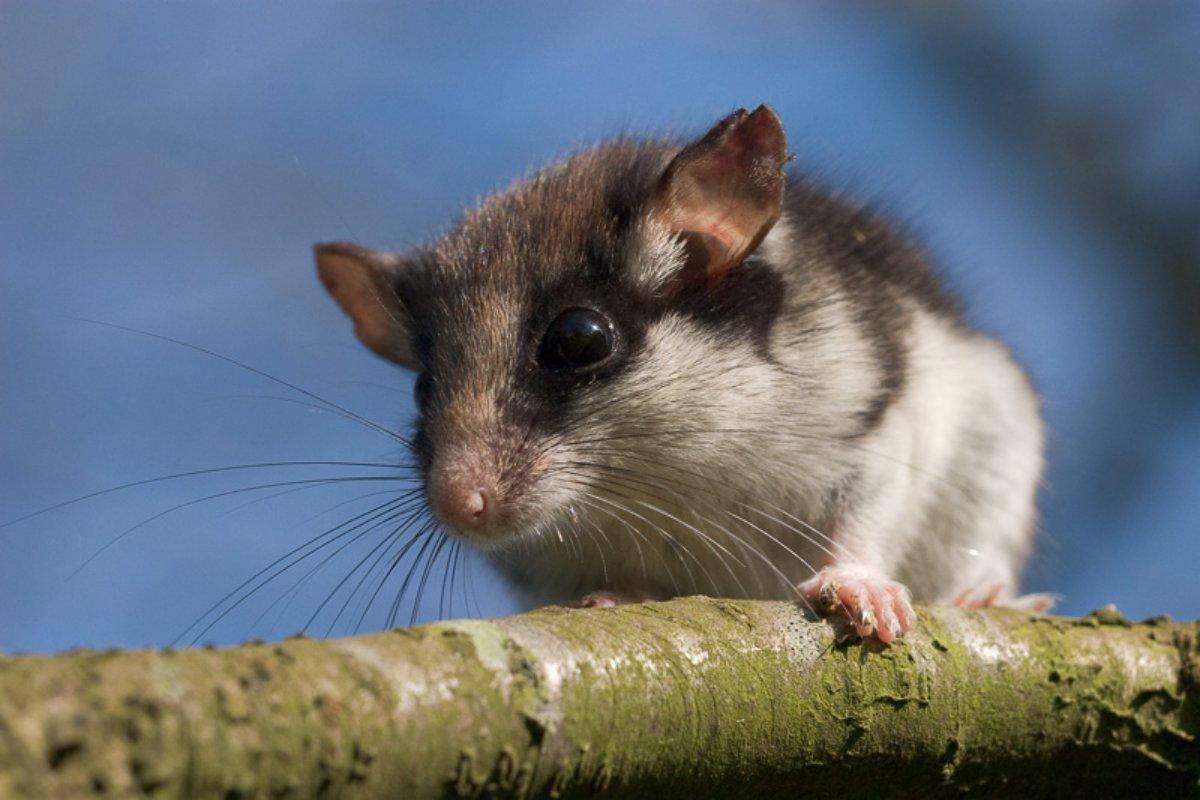
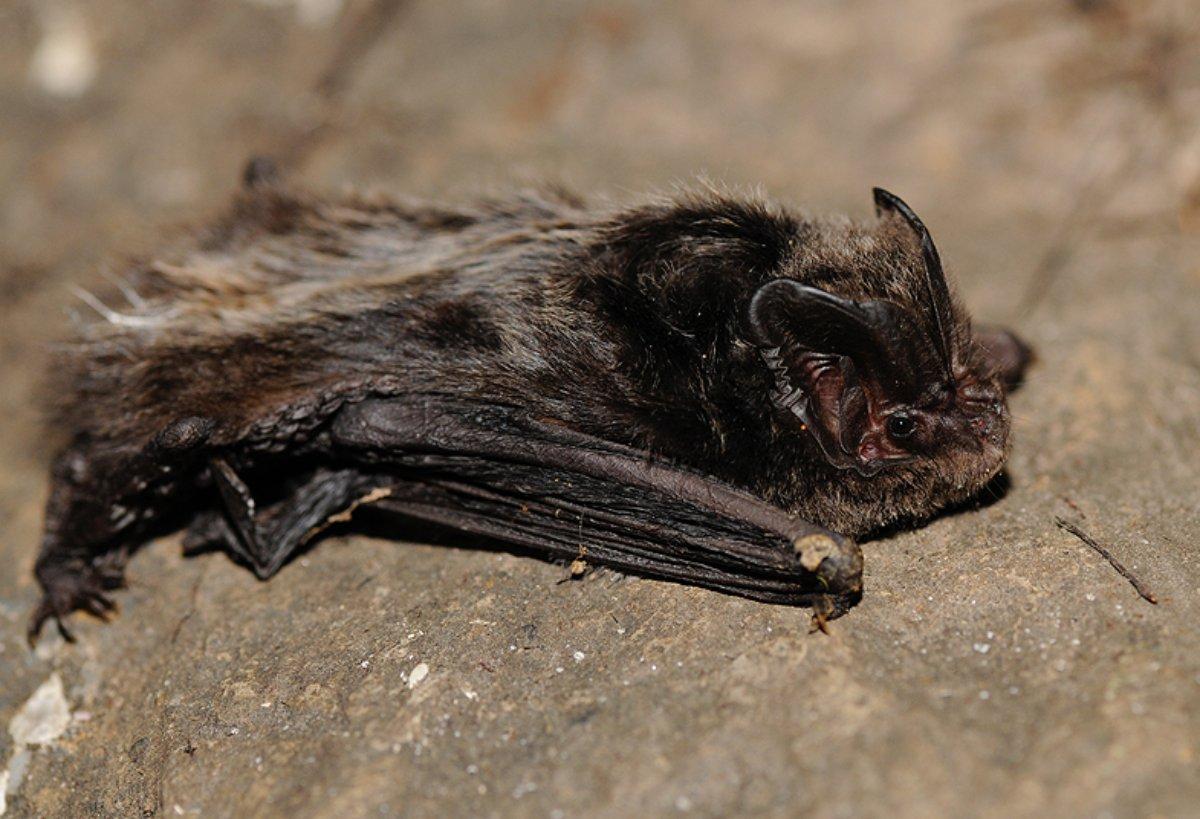

![22 Wild Animals in Estonia [Wildlife in Estonia]](https://www.kevmrc.com/wp-content/uploads/2022/06/22-wild-animals-in-estonia.jpg)
![17 Wild Animals in Tonga [Wildlife in Tonga]](https://www.kevmrc.com/wp-content/uploads/2023/01/17-wild-animals-in-tonga.jpg)
![18 Wild Animals in Jamaica [Wildlife in Jamaica]](https://www.kevmrc.com/wp-content/uploads/2022/08/18-wild-animals-in-jamaica.jpg)